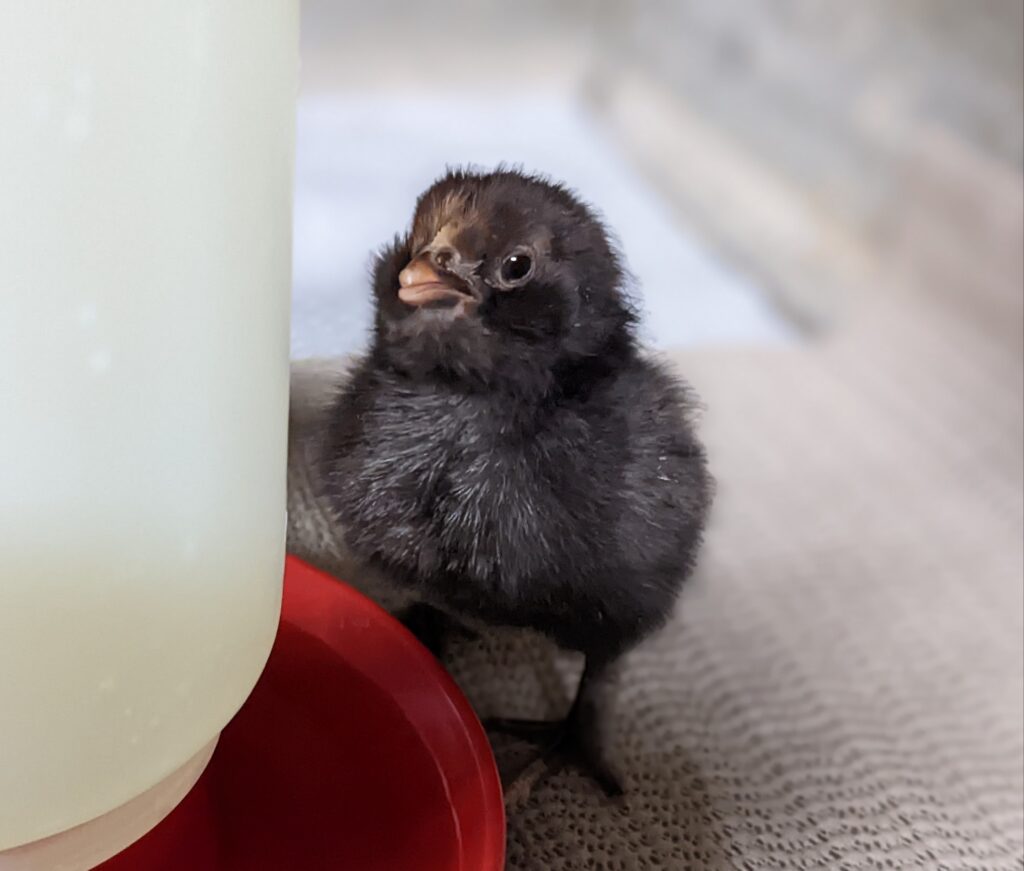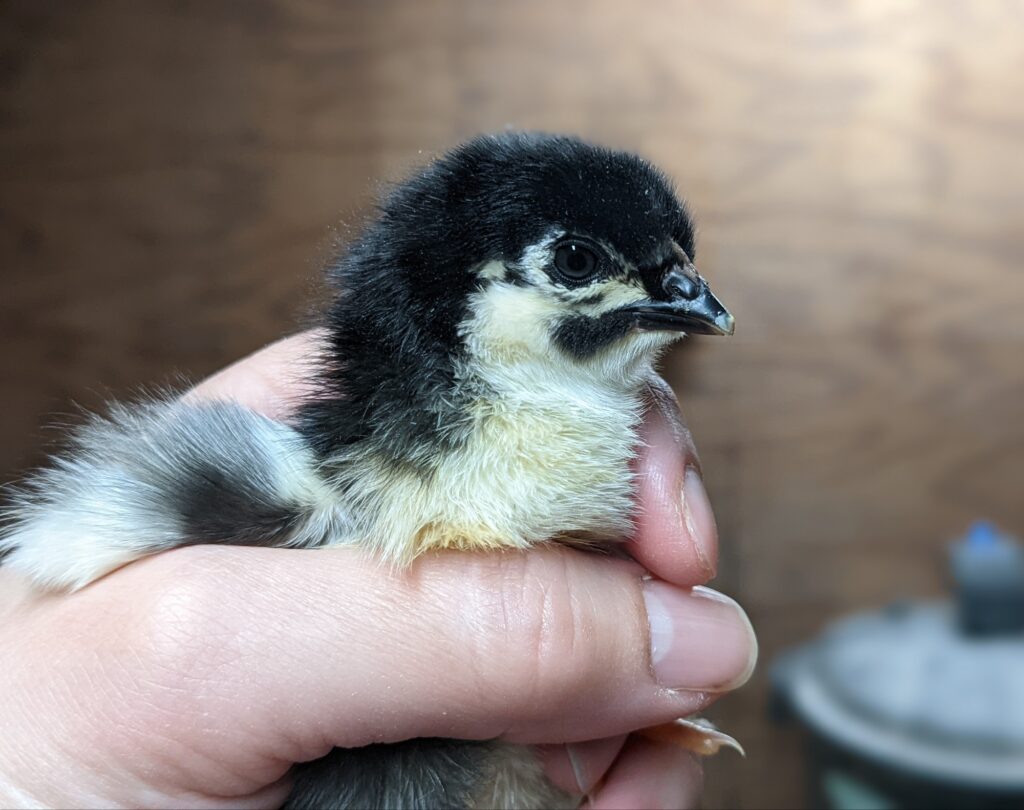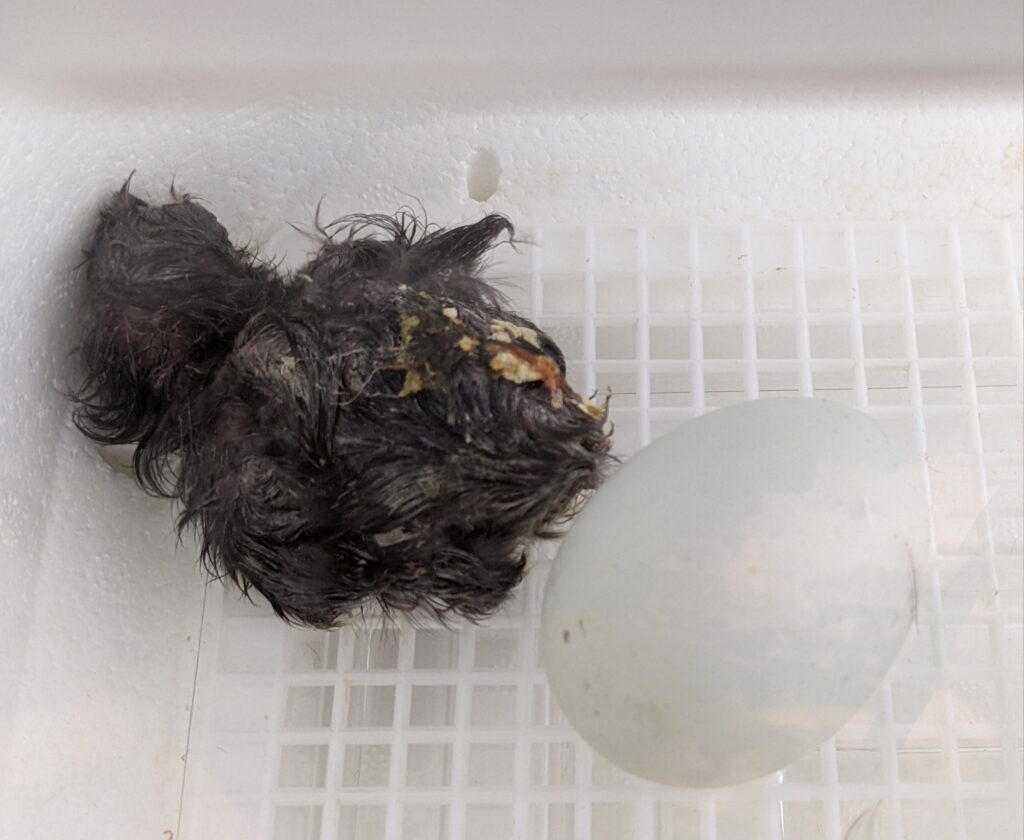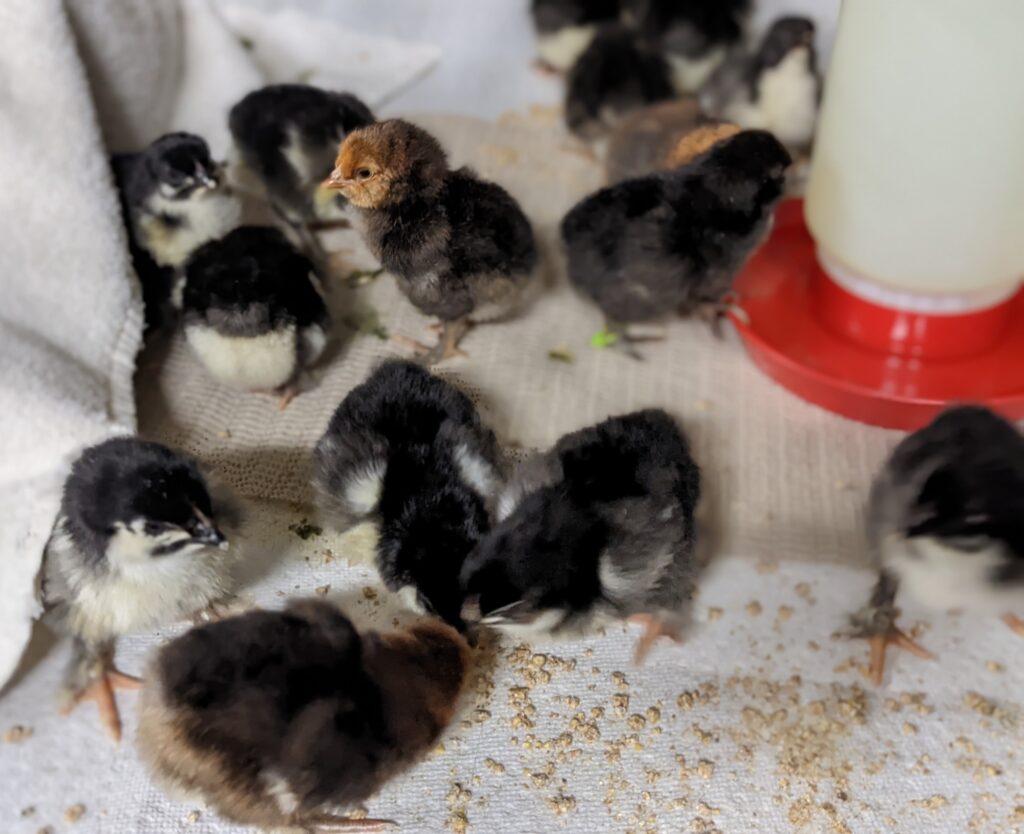
The first hatch of the year is over. The hatchers have been cleaned and disinfected and the chicks are warm and safe in their brooders. Join us for a quick look back on how the hatch went!
Having hatched eggs for more than a few years now, I can say that, in general, winter eggs seem more prone to hatching issues than eggs laid in warmer, sunnier months. Speculatively, I think that the shorter daylight hours, as well as the lack of bugs and varied greens, may contribute to eggs that, while fertile, may be more difficult to hatch successfully than eggs laid in spring, summer, and fall.
Of the Black Copper Marans eggs that went into lockdown, only 3 failed to hatch. It’s always disappointing to do an eggtopsy and find that the unhatched egg contains a perfectly-formed chick that simply didn’t hatch. None of the unhatched eggs had pipped internally, though their yolks were almost completely absorbed, so they quit within a couple of days of hatch day (around day 19). Fortunately, plenty of healthy chicks did hatch.

Overall, the Olive Egger eggs fared a bit more poorly, but a significant factor is that some were simply too old – beyond the 10 day “optimal” timeframe for stored hatching eggs. I knew this going into the incubation, but sometimes older eggs do hatch, so I set them. At hatch, 4 eggs failed to hatch – one of them had internally pipped but failed to externally pip.
Interestingly, there were two eggs where the chicks pipped on the wrong end – one was the Black Copper Marans egg mentioned in an earlier post, but there was also an Olive Egger that attempted to exit at the wrong end of the egg.

Both of the chicks needed some assistance to hatch, and both are now indistinguishable from the other chicks of their respective breeds. Whether or not to assist a hatch is a personal choice, but outcomes like these are why I continue to do it…judiciously.

Why the chicks pipped the wrong end of the egg is a mystery: the eggs were stored properly (large end up) prior to being set and were properly set in the incubator’s autoturner; the autoturner keeps the eggs upright and rotates them incrementally from side to side; and the air cells were both in the correct location. I guess the poor chicks just got disoriented when attempting to get into hatching position and, fortunately, broke all the way through the shell to the outside air.
While a 100% hatch rate is the goal, it’s usually aspirational. Very dark eggs, like Black Copper Marans eggs, lose moisture more slowly than (most) lighter-colored eggs, so may fail to lose sufficient moisture prior to hatch day if the humidity is too high during incubation. Signs that the humidity was too high include fluid left in the eggs after hatch, small air cells, and sticky chicks. As a rule, I dry hatch very dark eggs, so I added little (almost no) water to the incubator during incubation and into lockdown, until I saw the first external pip. A couple of chicks were still a bit sticky – with bits of egg waste stuck to them – at hatch, indicating that the humidity (averaging about 20%) may still have been too high.
Another change that could positively impact hatch rates would be to incubate very dark eggs and blue/green eggs separately: doing so would allow better control of the incubation conditions for each type of egg and quicker adjustments based on candling results (i.e., air cell too large, increase humidity – too small, decrease it). Even though the Olive Egger eggs are light in color, they also lose moisture more slowly than brown or pink eggs, and a couple of the hatchlings were also a little sticky.

I keep detailed records on each hatch and the data helps inform process improvements for future hatches. Without good data, process improvements become a “shot in the dark”; if you’re not already keeping hatch records and reviewing the data periodically, now’s the time to start.
The best part of the hatch? Definitely not the cleaning of hatchers – the chicks, of course! They grow by the day, and it’s so fascinating to watch their interactions and discoveries. With chicks this young, I also check their vents regularly to ensure that there is no pasting, which can rapidly become deadly.

These littles are active, bright-eyed, eating their chick starter enthusiastically and drinking their probiotic water. Precocial describes them perfectly.
